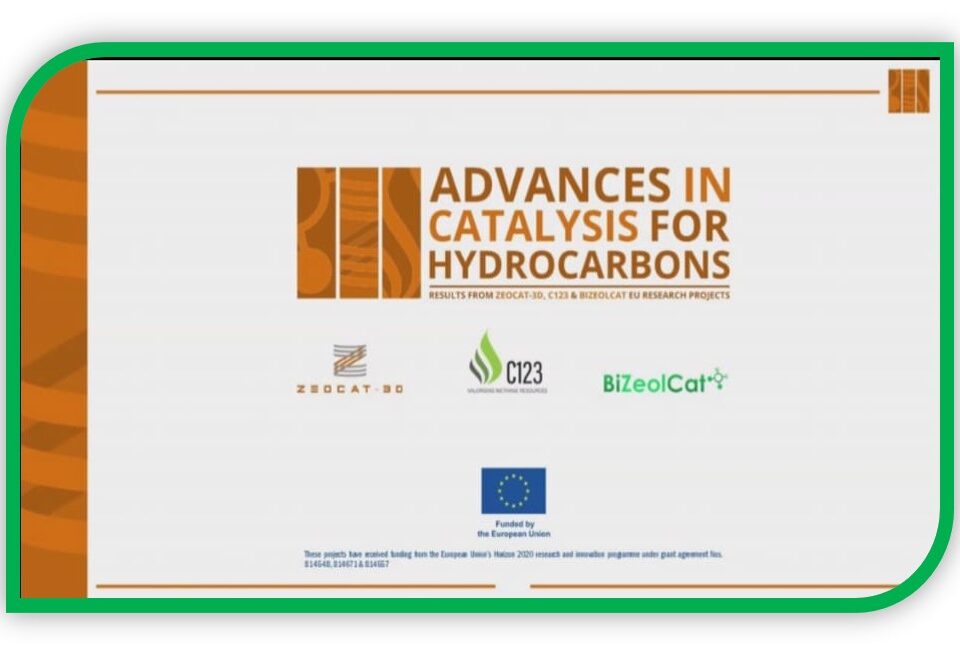Such C-H bonds have a high content of energy: this is intuitive looking at the flaring flame, where C-H burns with oxygen and is transformed into carbon dioxide and water, the product of alkanes combustion.
However, we anticipated they can also be used to obtain other C and H based compounds, called alkenes or olefins. Which is the difference between alkanes and alkenes?
Alkenes have two carbon atoms in the molecular structure linked by a double bond to satisfy the absence of two hydrogen atoms that are present in the corresponding alkanes.
This double bond is possible starting from ethane that becomes ethene losing 2 hydrogens; or, starting from propane to become propene.
The presence of the double bond gives to alkene the important properties of being broken to attach longer CH chains, which give the basis of polymerization. This is why they are so important as building block materials for many products, including plastics, detergents and adhesives.
It is now clear that if we want to obtain alkenes, we need to dehydrogenize alkanes. This is not easy, we need a lot of energy to promote this structural change in the alkanes. Indeed, dehydrogenation is an endothermic reaction: heat has to be furnished to promote the change, thus, the process is favoured at high temperatures and low pressure. However, heat only is not enough to make the transformation affordable: we need the help of substances called catalysts.
Catalysts promoting dehydrogenation are usually metal-based compounds which help in making occur dehydrogenation al lower temperature, allowing for a less costly process in term of energy requiriments. Moreover, in Bizeolcat, this process engineering will be innovated, involving membrane reactor to extract pure hydrogen, drive the reaction forward and further lower the working temperature.
The role of the catalysts and membrane reactors will be investigated further in the next Bizeolcat informs. At moment, just keep in mind that alkanes dehydrogenation reactions involve the breaking of two carbon-hydrogen bonds with the simultaneous formation of a hydrogen molecule and of a molecule containing a carbon-carbon double bond, which usually represents the desired olefin.





